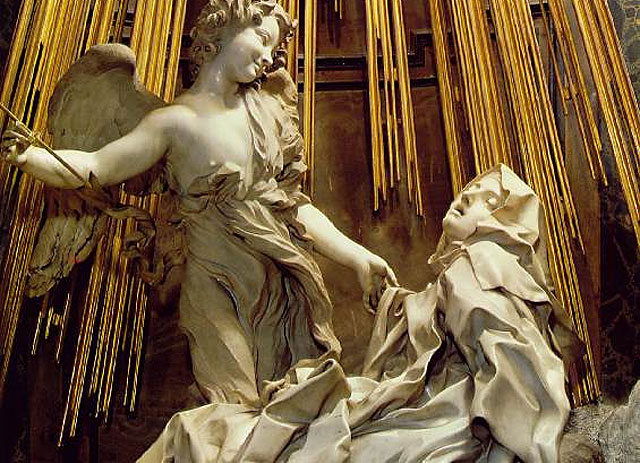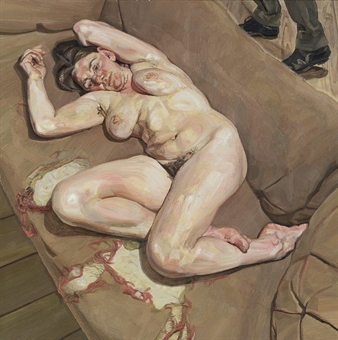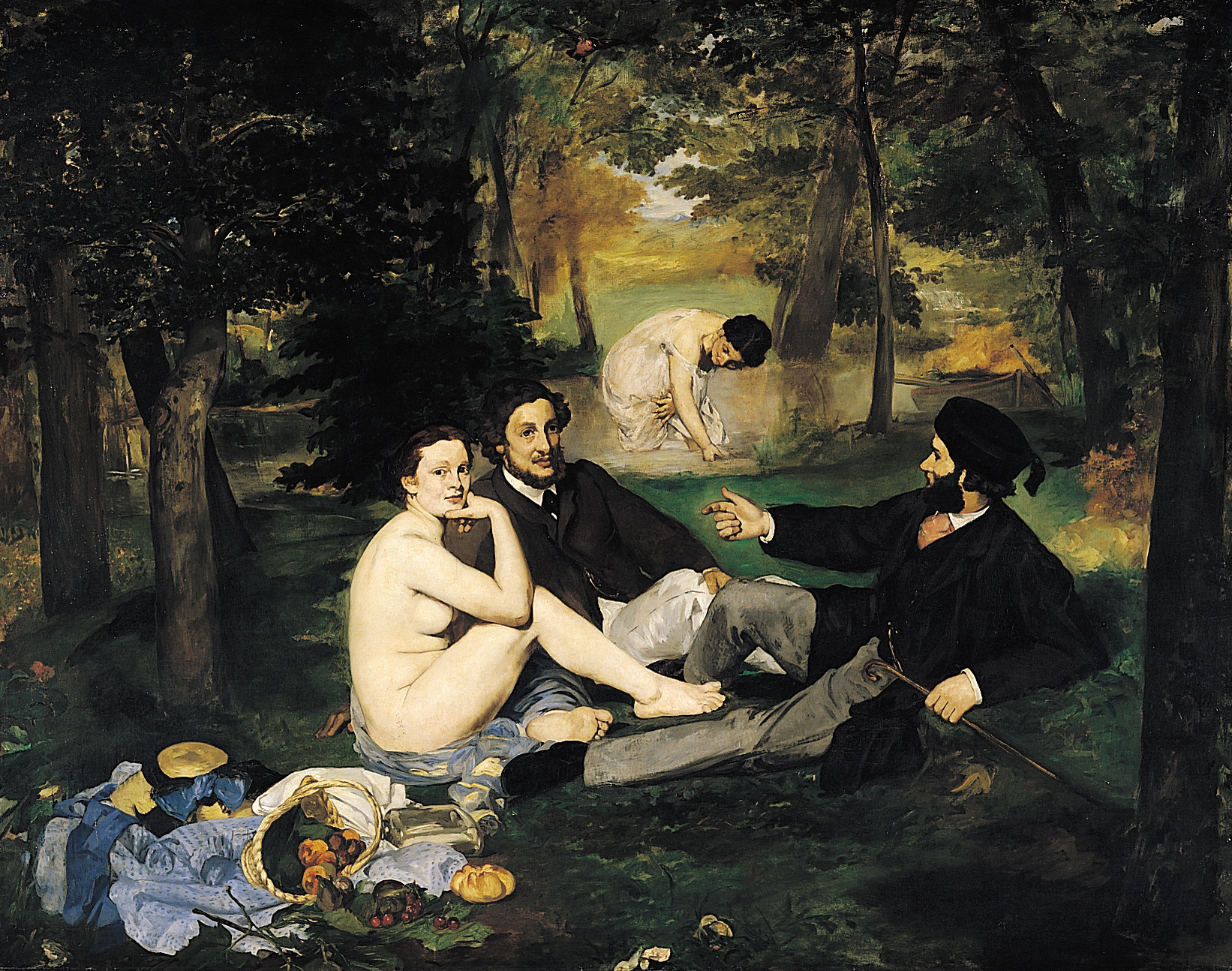Gentlemen's Club
Courtesans and Seductresses Depicted in Art
Curated by Gabbi Fenaroli
“So sweet and delicious do I become,
when I am in bed with a man
who, I sense, loves and enjoys me,
that the pleasure I bring excels all delight,
so the knot of love, however tight
it seemed before, is tied tighter still.”
- Veronica Franco
Gazing into the eyes of Manet’s Olympia, it becomes difficult to look away. The private moment Manet has created for the viewer does not go unnoticed. What shocked the masses at the 1865 Paris Salon was not her bare breasts and exposed body. They took offense to her provocative gaze, and the blatant fact that she was a courtesan. Some items pointing to her profession include the orchid in her hair, the black ribbon that contrasts her pale flesh, and the playful slipper falling of her foot. What sets Olympia apart from other paintings featuring a bare model, is that she is attainable. She exists in modern culture.
Paintings record history and depict events occurring in society, and prostitution was not a piece of history Parisians wanted recorded. In contrast with the painting that inspired Olympia, Sleeping Venus by Giorgione, Olympia appears more boyish than Venus.
Olympia undermines the female bargaining power of sex, since her job trades pleasure for money. Olympia threatens women’s power, especially in 19th-century Paris, because of what she offers to men - no strings attached, no guilt involved.
Courtesans and Seductresses Depicted in Art
Curated by Gabbi Fenaroli
 |
| Édouard Manet, Olympia, 1863 |
when I am in bed with a man
who, I sense, loves and enjoys me,
that the pleasure I bring excels all delight,
so the knot of love, however tight
it seemed before, is tied tighter still.”
- Veronica Franco
Gazing into the eyes of Manet’s Olympia, it becomes difficult to look away. The private moment Manet has created for the viewer does not go unnoticed. What shocked the masses at the 1865 Paris Salon was not her bare breasts and exposed body. They took offense to her provocative gaze, and the blatant fact that she was a courtesan. Some items pointing to her profession include the orchid in her hair, the black ribbon that contrasts her pale flesh, and the playful slipper falling of her foot. What sets Olympia apart from other paintings featuring a bare model, is that she is attainable. She exists in modern culture.
Paintings record history and depict events occurring in society, and prostitution was not a piece of history Parisians wanted recorded. In contrast with the painting that inspired Olympia, Sleeping Venus by Giorgione, Olympia appears more boyish than Venus.
Olympia undermines the female bargaining power of sex, since her job trades pleasure for money. Olympia threatens women’s power, especially in 19th-century Paris, because of what she offers to men - no strings attached, no guilt involved.




.jpeg)















_-_The_Girl_With_The_Pearl_Earring_(1665).jpg)







